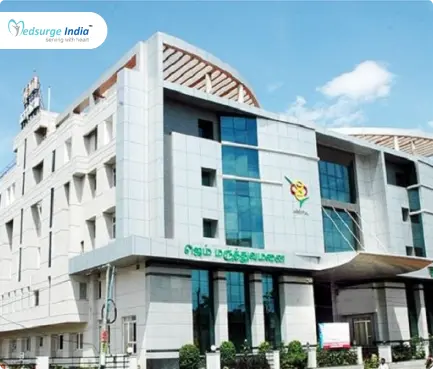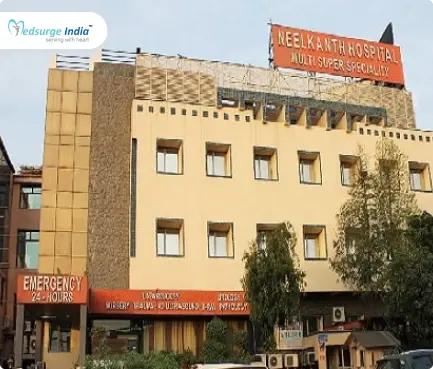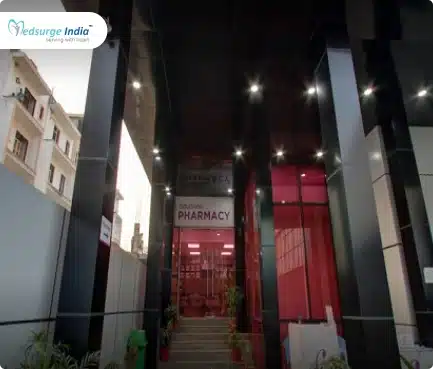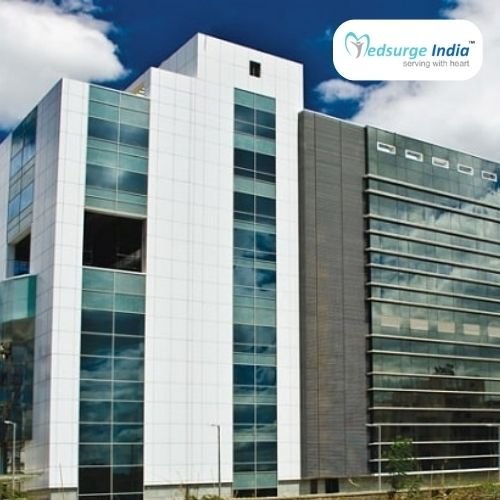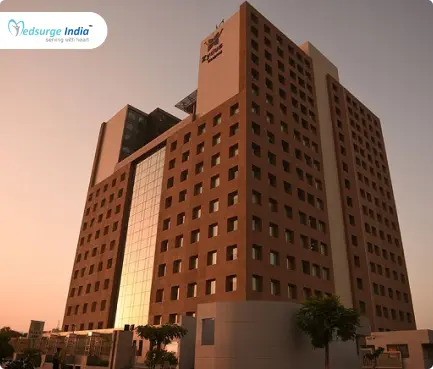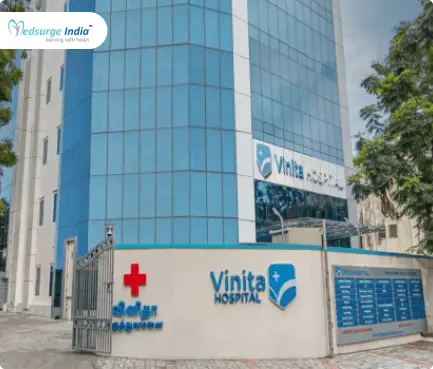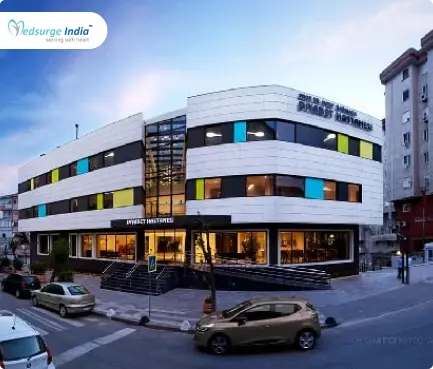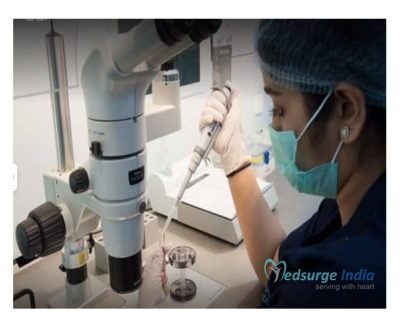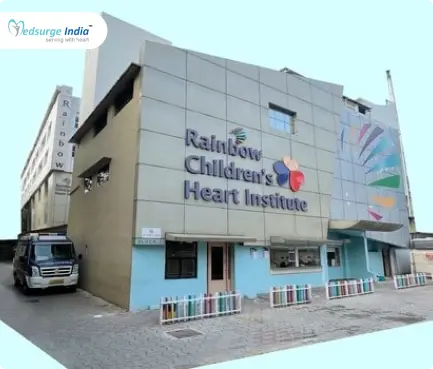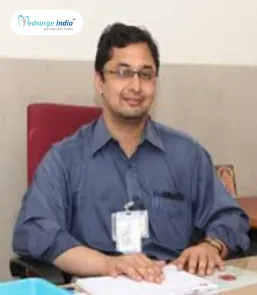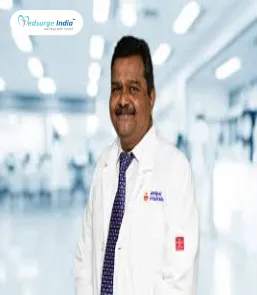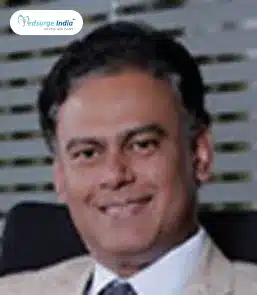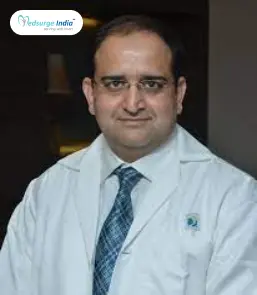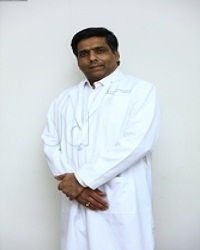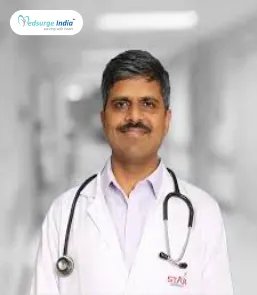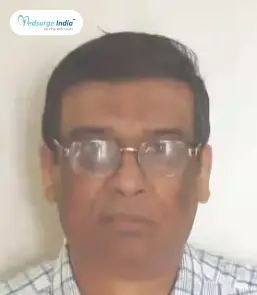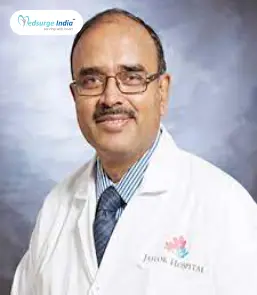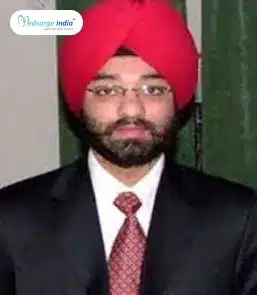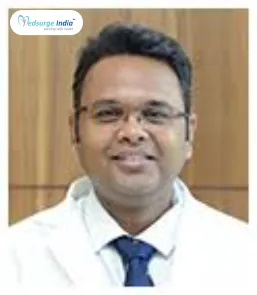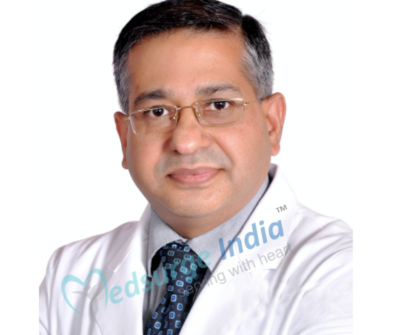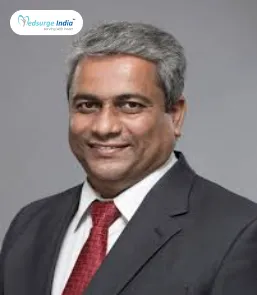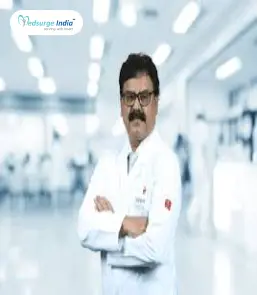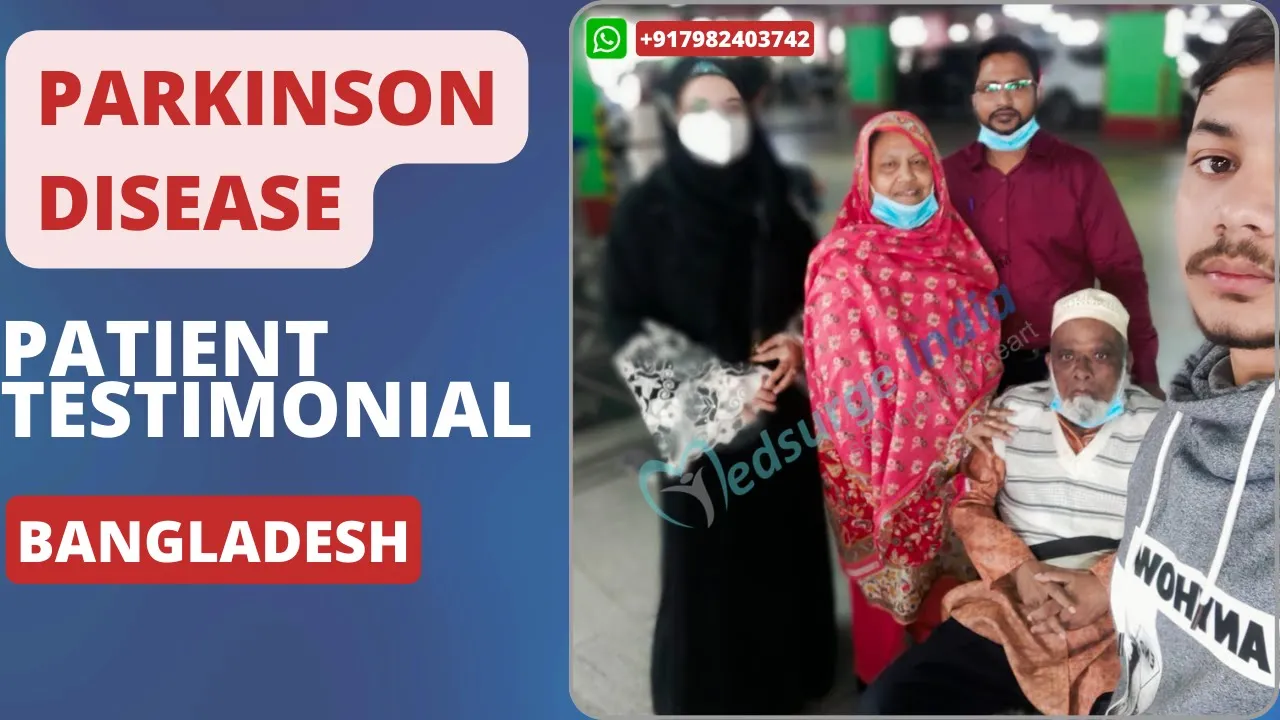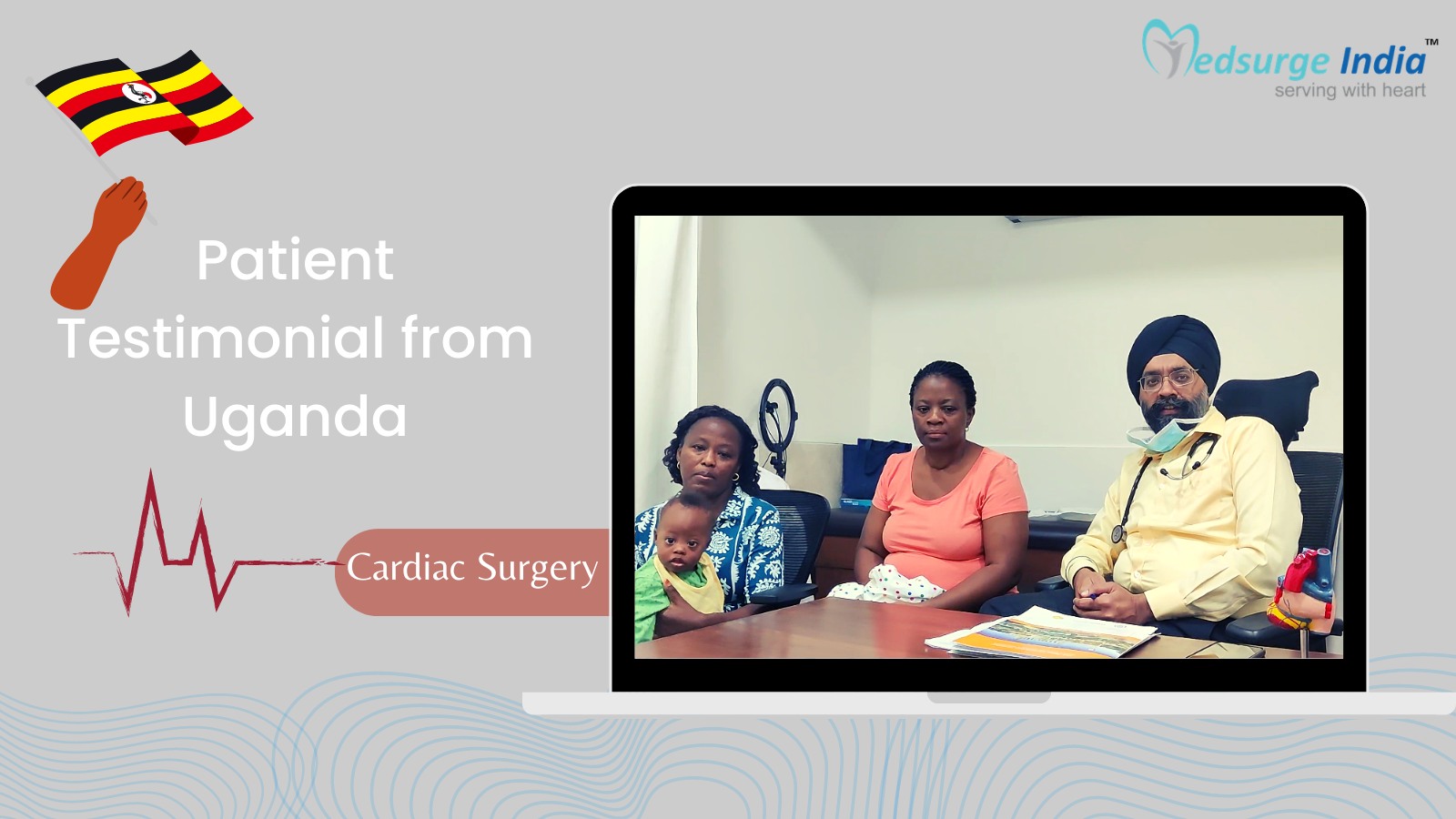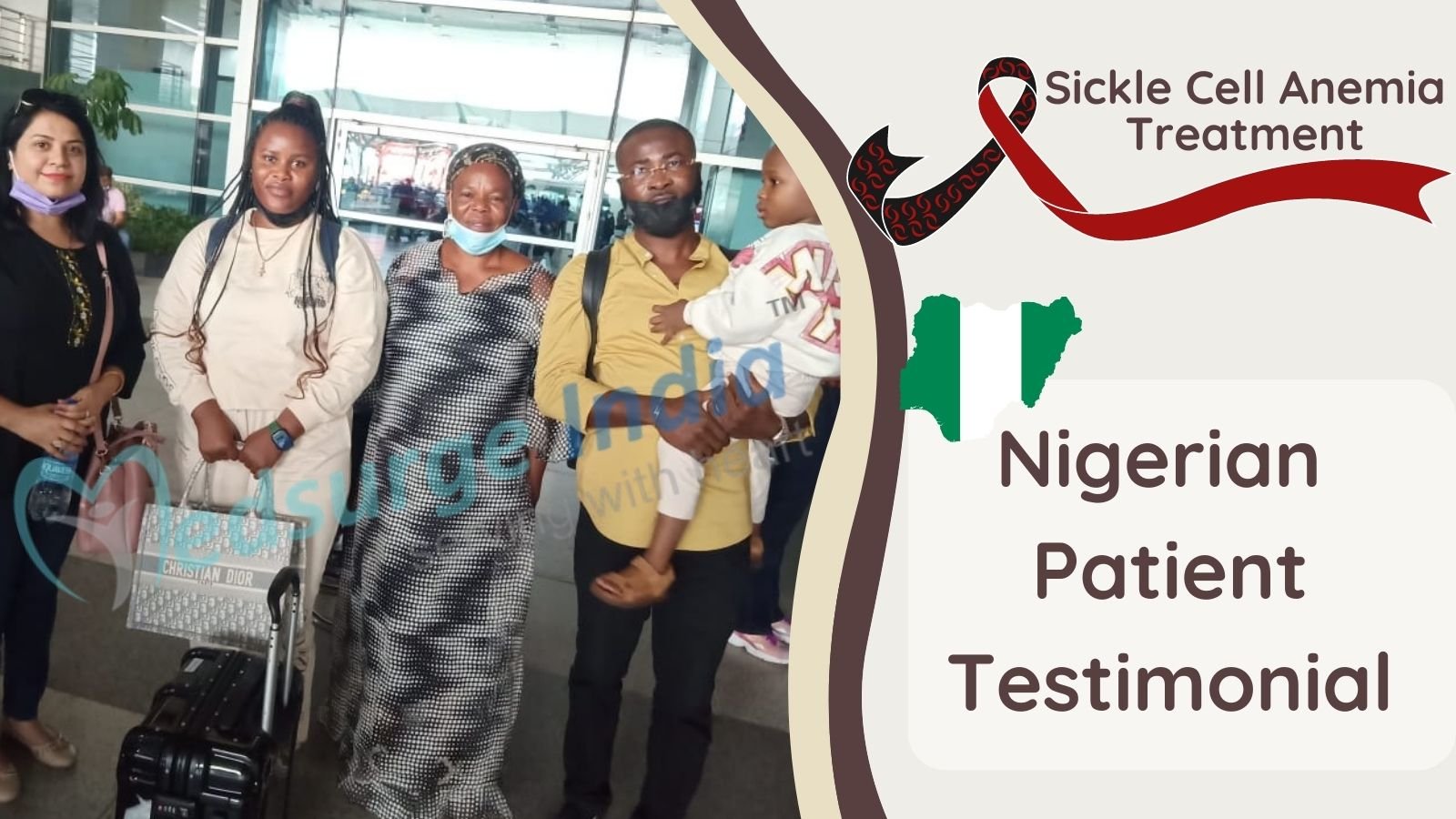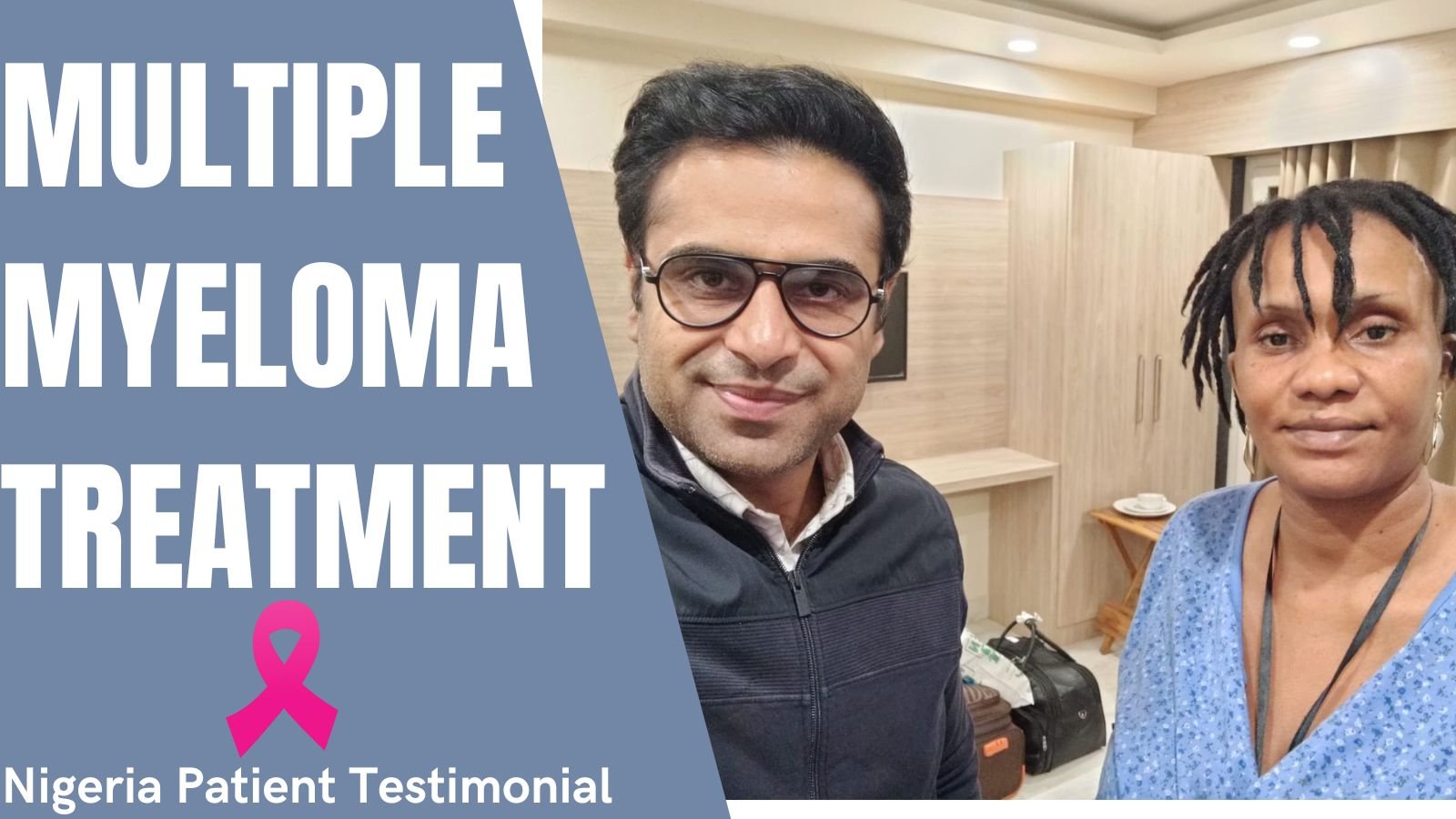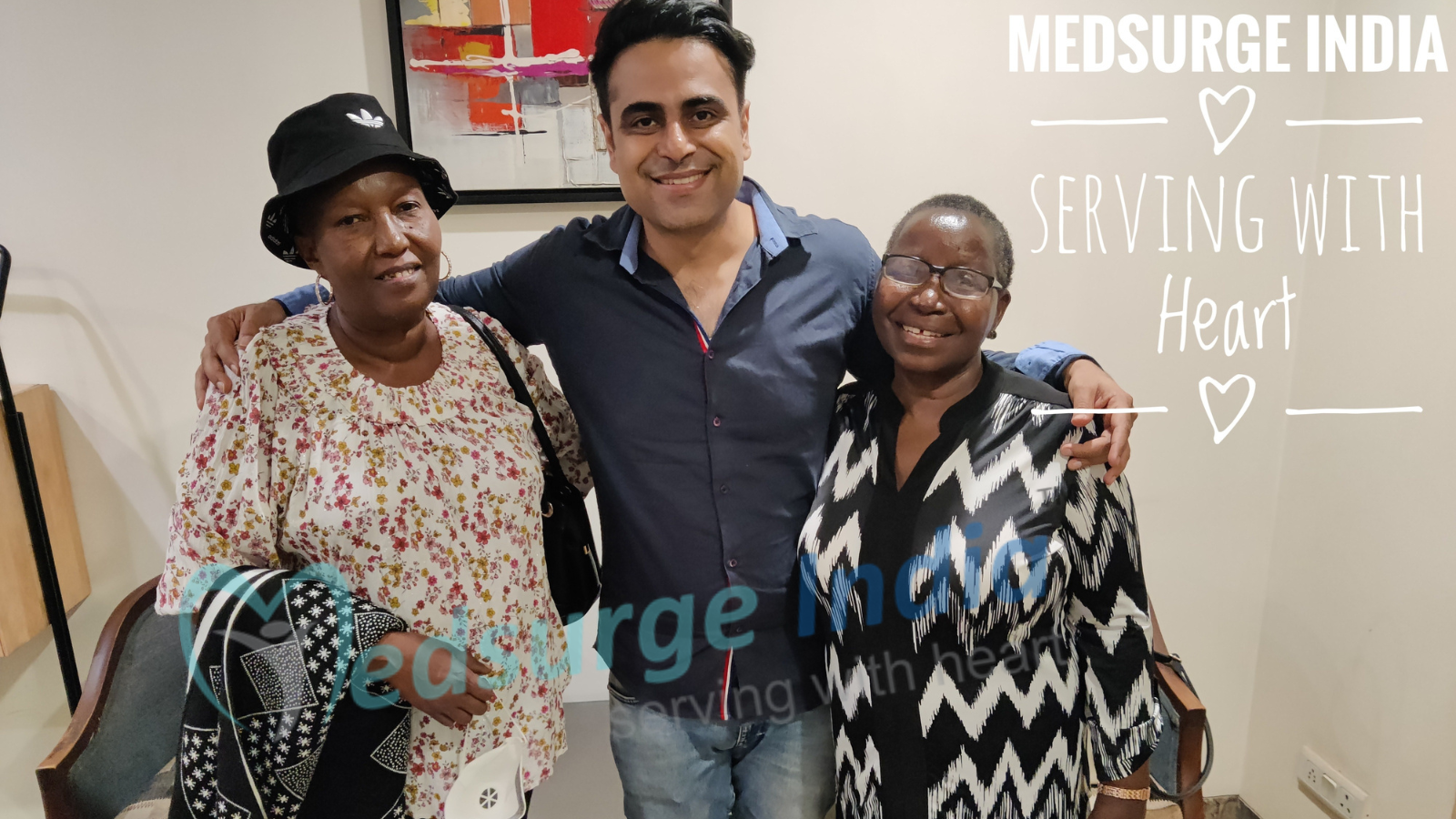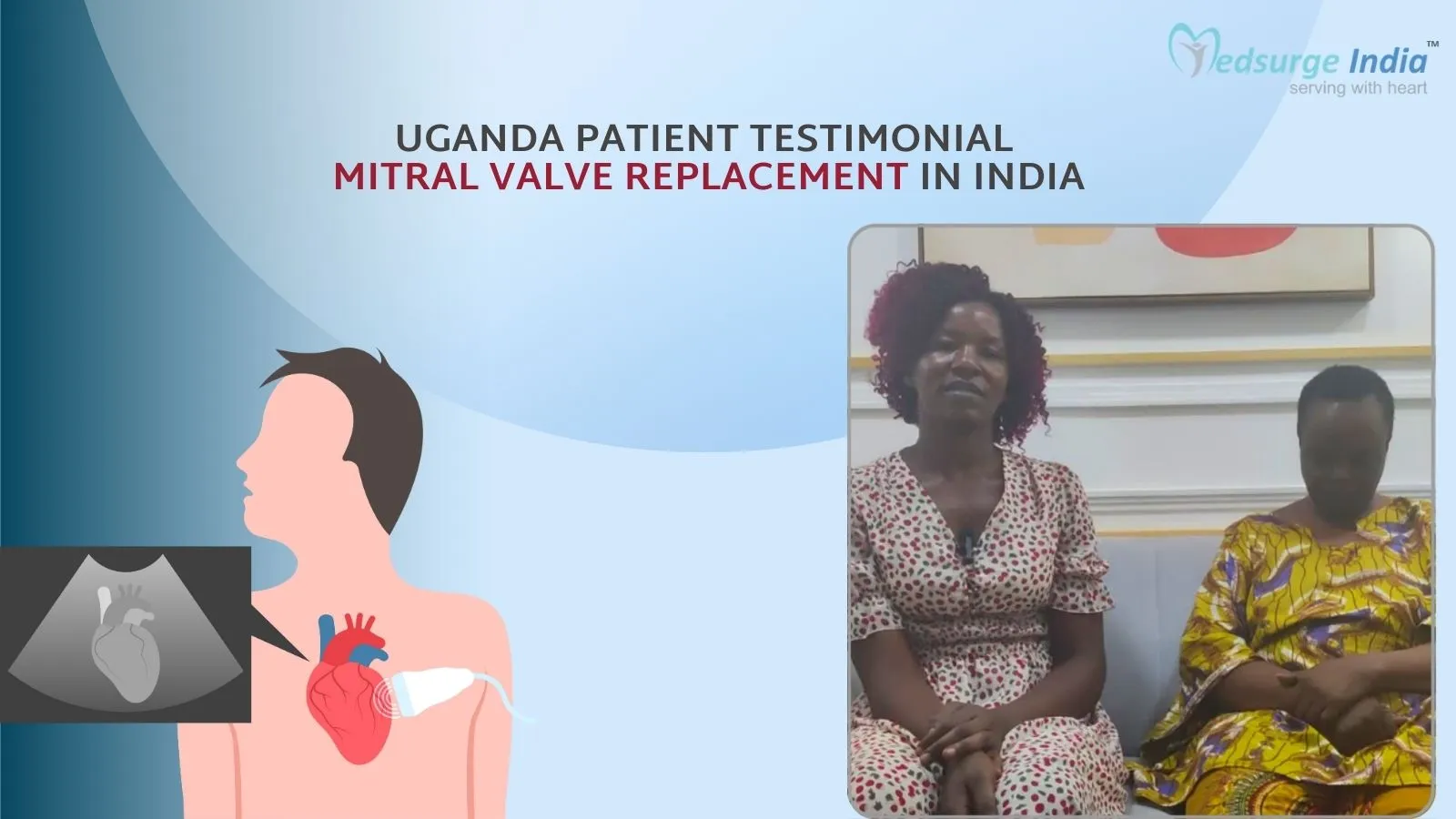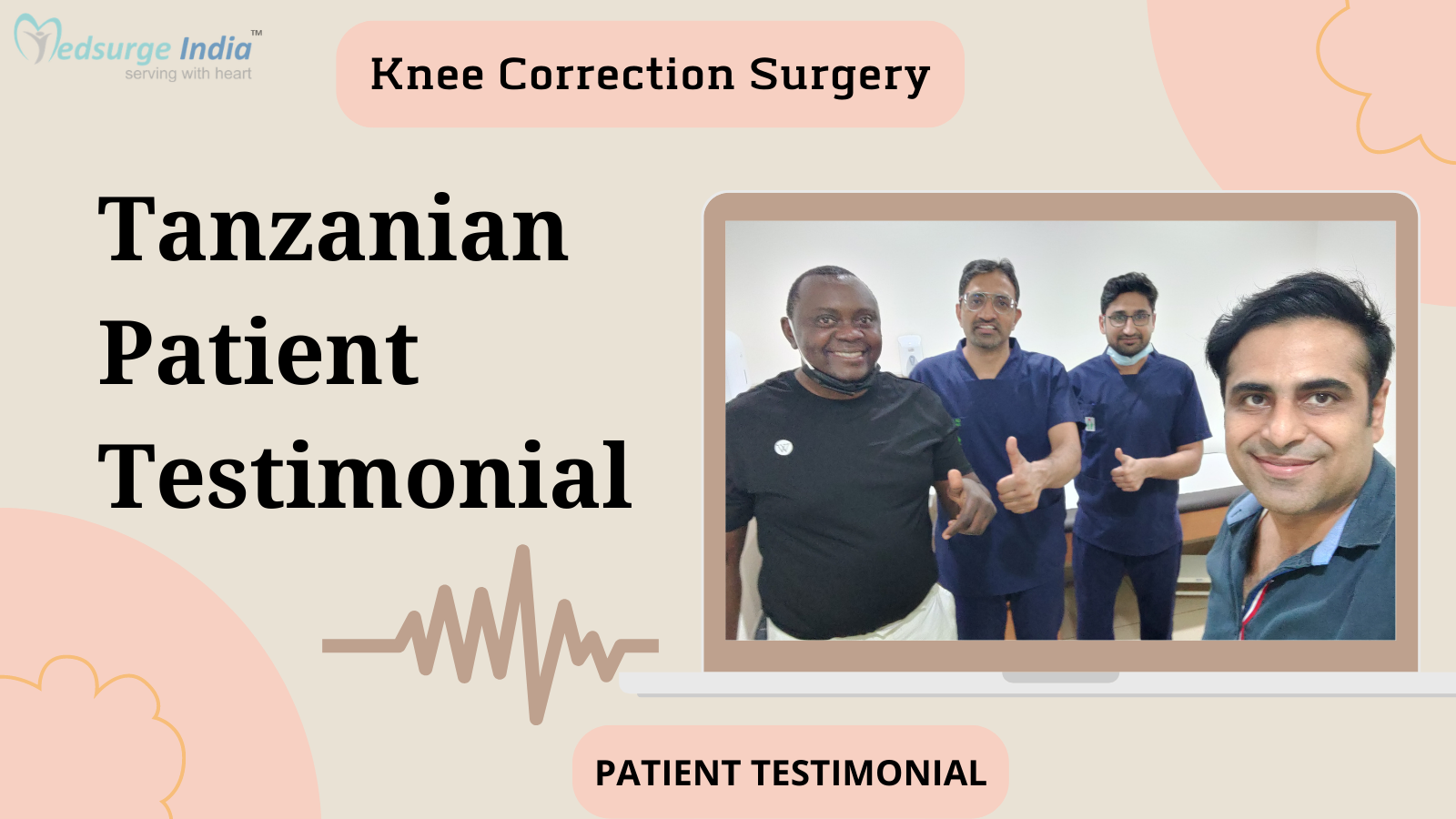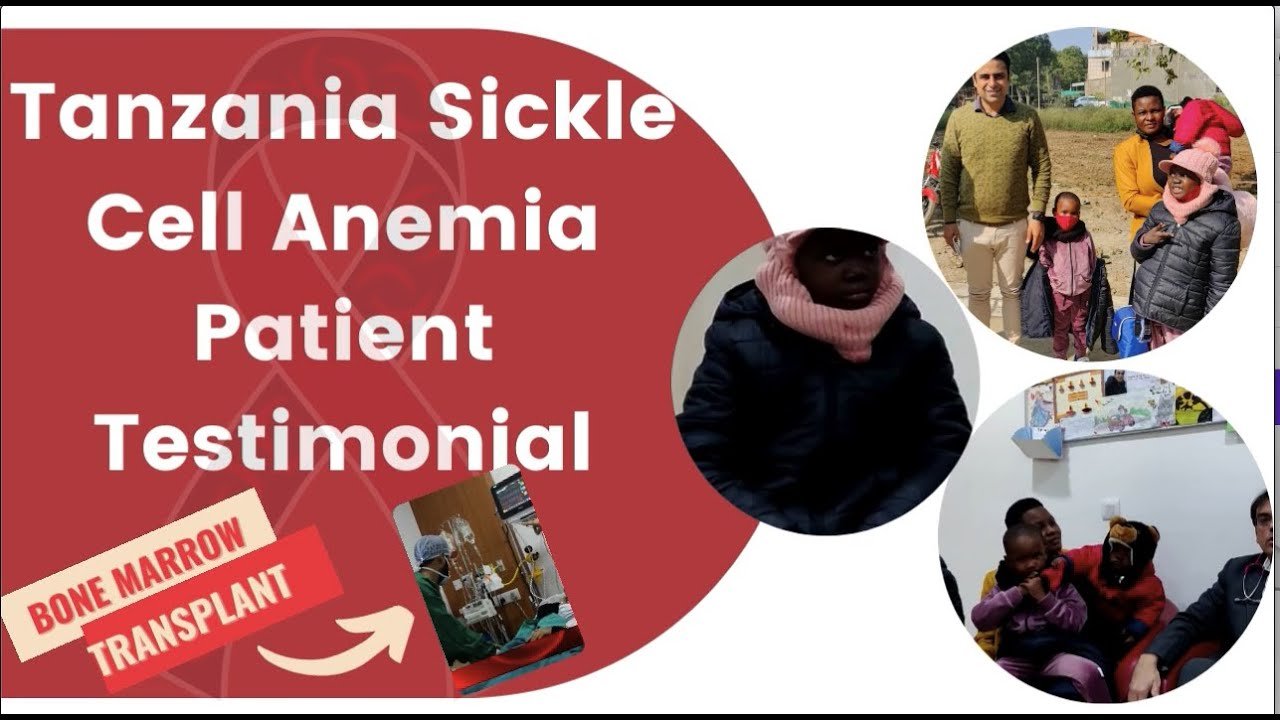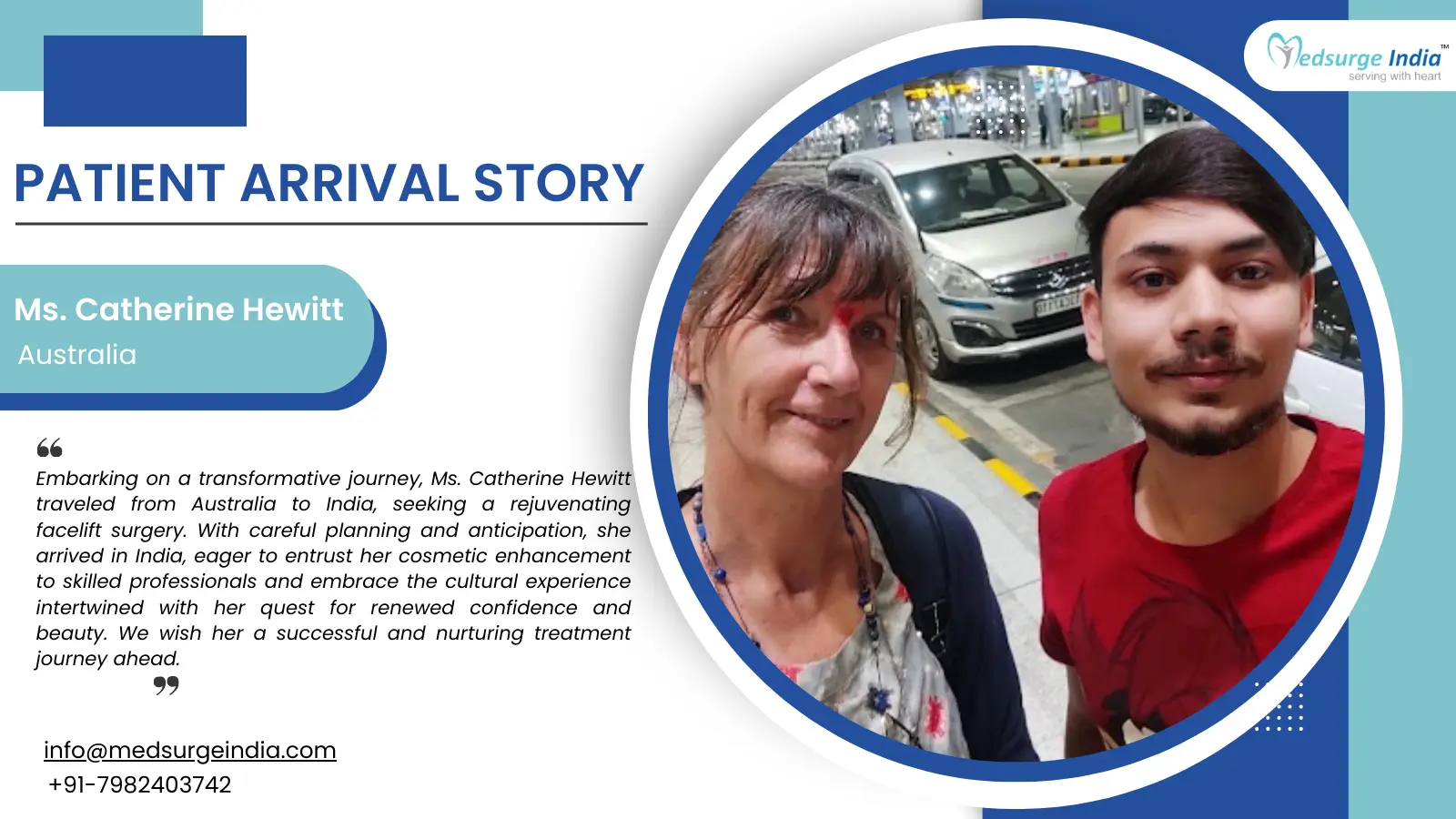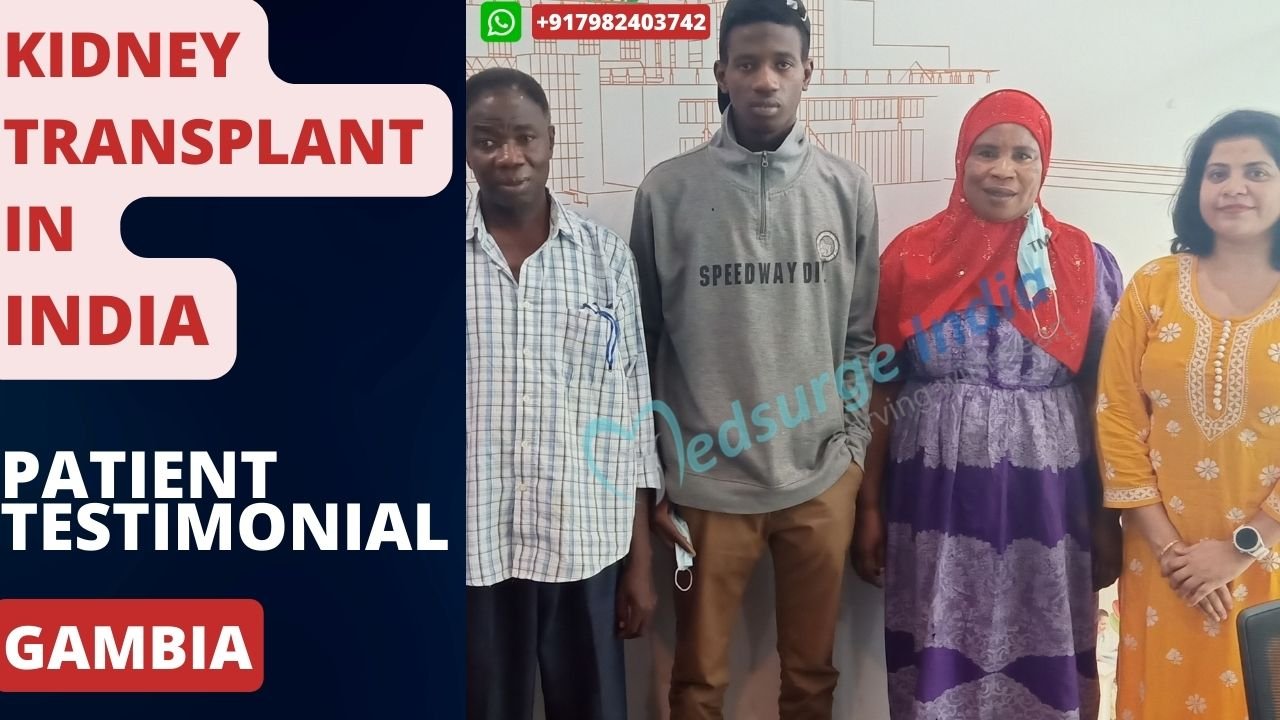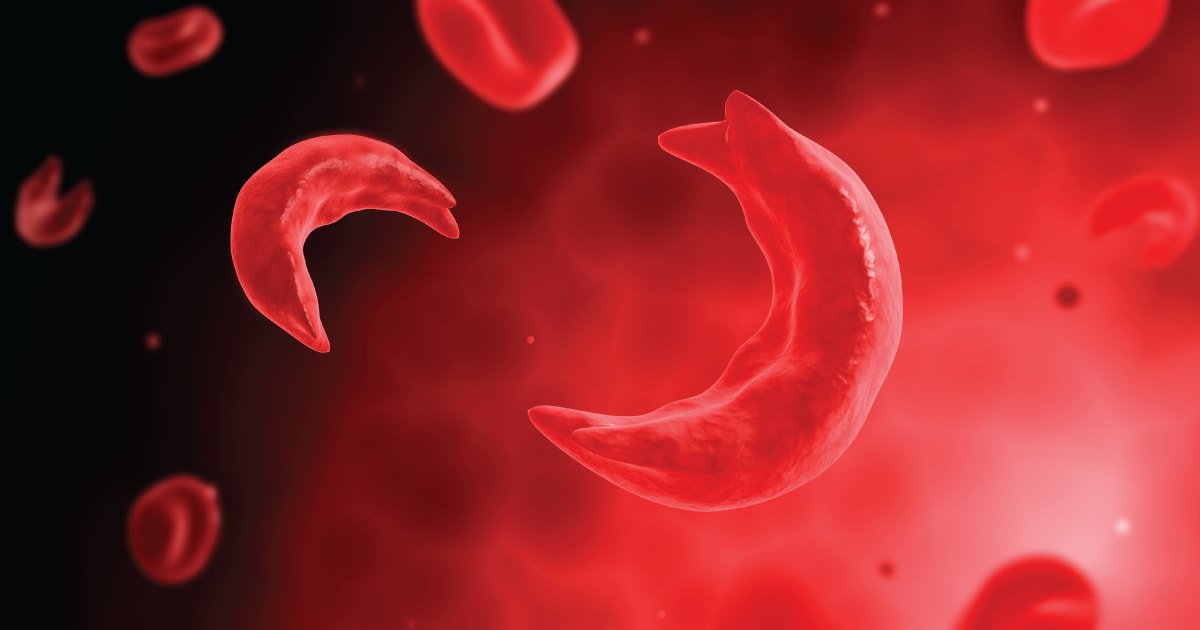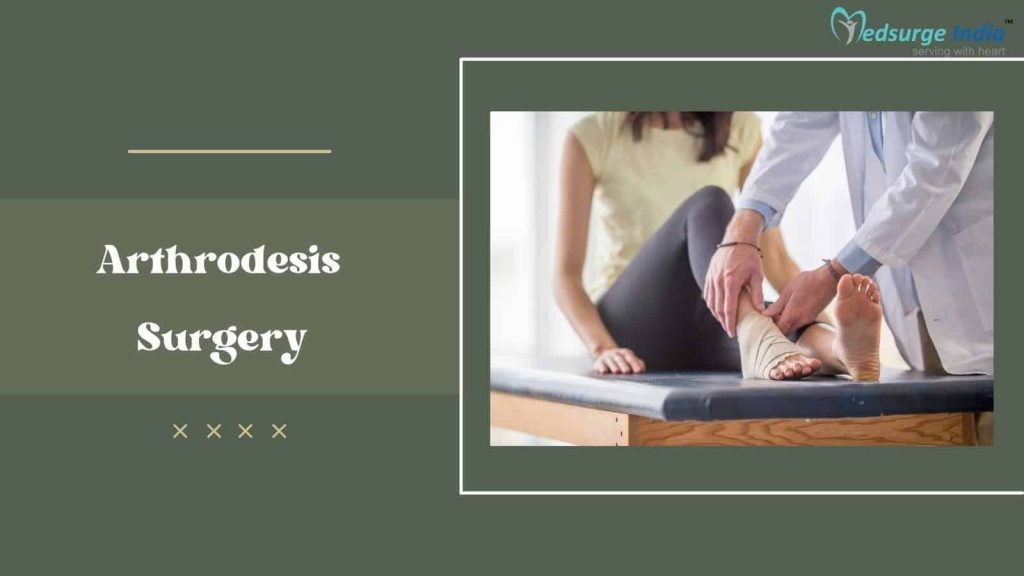
Arthrodesis, also known as Artificial Ankylosis or Syndesis, is the surgically induced artificial induction of joint ossification between two bones. This is done to treat joint pain that cannot be controlled by splints, opioids, or any other medication. The arthrodesis surgery in India involves making an incision around the joint and then removing all of the cartilage to bring the bones into direct contact. After that, metal hardware will be used to secure the joints.
The patient must spend 3 days in the hospital and 45 days outside of it. The patient’s diagnosis and the facilities they choose will influence the overall cost of arthrodesis surgery in India.
What Is Arthrodesis?
The joining of two bones at a joint is known as arthrodesis surgery in India or joint fusion surgery. Simply stated, an orthopedic surgeon manually realigns the injured joint, removes the cartilage, and then stabilizes the bone so that they both recuperate together. The procedure is often used to treat severe pain that is uncontrollable and cannot be regulated by conventional treatments, herbal remedies, physical therapy, splints, or pain medications.
The excruciating pain you experience with ankle arthritis should reduce or even go away. With such pain management, you might be able to resume your important activities without much discomfort. Arthrodesis surgery should only be considered after exhausting all nonsurgical alternatives for ankle arthritis.
Know More – Ankle Arthroscopy Cost in India
Your ankles may experience pain, swelling, and inflammation if you have one of the following types of arthritis:
- Osteoarthritis
- Post-Traumatic Arthritis
- Arthritis Rheumatoid
Your healthcare professional will first try nonsurgical techniques to treat your ankle arthritis before considering surgery. If none of the nonsurgical treatments are effective enough for you, your doctor may suggest an ankle fusion. Let your provider know what does and doesn’t alleviate your pain.
Arthrodesis Surgery Cost In India
Arthrodesis Surgery Cost in India starts from USD 5000. The method of treatment used to carry out the procedure will determine the cost of your Arthrodesis Surgery in India.
Below are the average cost of Arthrodesis Surgery in different cities in India:
| Cities | Starting Prices |
| Delhi | USD 5000 |
| Noida | USD 5100 |
| Gurgaon | USD 5200 |
| Bangalore | USD 5500 |
| Chennai | USD 5000 |
| Kolkata | USD 5000 |
| Mumbai | USD 5200 |
| Hyderabad | USD 5100 |
Note: Several variables will affect the treatment’s cost.
Factors That Can Affect Arthrodesis Surgery Cost in India
The standard of medical care and services is on par with the world’s top hospitals in terms of quality and standard. Regardless of deducting the cost of lodging, meals, and transportation. The following factors may impact Arthrodesis Surgery Cost in India:
- Medication costs.
- Duration of treatment.
- Geographical location.
- Hospitalization expenses.
- Government policies and subsidies.
- Medical tourism packages.
- Hospital reputation and infrastructure.
- The expertise and experience of medical professionals.
- The type and frequency of diagnostic procedures.
- The choice of treatment modality.
Patients and medical professionals can successfully negotiate and make decisions that meet their needs and preferences by being aware of these variables.
Who Is the Right Candidate for Arthrodesis Surgery?
Patients that undergo a joint fusion are people in a great deal of pain and these symptoms disrupt their lives. Painkillers are no longer effective, and life is severely limited. An arthrodesis surgery in India is worthwhile despite the loss of mobility since it significantly reduces discomfort and, generally, helps patients restore function and quality of life. The patient’s health is essential for an effective joint fusion. Risk factors include diabetes, smoking, steroid usage, and any immunologically compromised state that can raise the possibility of complications like infection or nonunion. However, the best orthopedic surgeon in India will go over the risks and advantages specific to each patient on an individual basis.
Get Free Cost Estimation
Procedure
Arthrodesis Surgery In India
There are different techniques for doing arthrodesis surgery in India, and the one chosen is determined by a number of variables, including the patient’s general health, the surgeon’s view of the best technique, and the state of the particular joint where the damage occurred.
With the assistance of a bone graft, the treatment can be finished in one method. There are two main types of bone grafts:
- Autograft: One in which the patient’s own bone is used as the donor material.
- Allograft: A donor bone tissue or synthetically manufactured tissue is used, and the technical term for this type of graft is called allograft.
During the Procedure
- Depending on the type of joint fusion surgery you require, you will either stay in the hospital or have an outpatient procedure (go home the same day).
- Your doctor might decide to put you under general anesthesia so you can sleep through the surgery. You might receive a local anesthetic in various situations. This indicates that while you are awake, the joint’s area will be completely numb.
- Your doctor will make a cut in your skin after giving you anesthesia. The damaged cartilage (tissue) in your joint will then be completely removed using a scraper. This will enable the fusion of your bones.
- Your surgeon may occasionally implant a small bone fragment between your joint’s two ends. From your pelvic bone, heel, or the area immediately below your knee, they will delicately remove this bone. Alternatively, it might come from a bone bank, which keeps donated bones on hand for procedures like these. Additionally, your doctor can decide to substitute a unique synthetic substance for a real bone.
- They will then close the gap inside your joint using metal plates, screws, or wires. Sometimes, this hardware is permanent and will remain in place long after your joint has healed.
- Your surgeon will use sutures or staples to close your incisions once they are finished.
Read More – Shoulder Arthroscopy Cost in India
What Are the Advantages of Arthrodesis Surgery?
An ankle fusion might reduce or even get rid of ankle arthritic pain. You might be able to resume activities you have been unable to perform due to pain. Joint motion is eliminated after joint fusion surgery, however, the joint is no longer uncomfortable, the patient can bear more weight comfortably, and the joint often functions better as a result. Patients frequently state that experiencing some degree of decreased mobility is worth the termination of terrible pain.
What Are the Risks or Possible Complications of an Ankle Fusion?
The major risk of an ankle fusion is nonunion. Your ankle bones fail to fuse at that location. This happens in about 10% of cases. of the time, this occurs. An ankle fusion can also increase the rate of arthritis in your foot and nearby joints as these joints in your foot will now take on more stress.
An ankle fusion is not an option for everyone with ankle arthritis. There is a lot to consider. After the imaging tests, for instance, your orthopedic surgeon might not advise the treatment if you have additional conditions, such as:
- Insufficient bone
- Poor bone quality
- Bad nerve functioning
- Severe Leg deformation
- Diseases that raise the risks of general anesthesia
No matter what type of surgery you have, there may be some complications. They consist of:
- Difficulties with anesthesia
- Clots of blood
- Bleeding
- Infection
- Injury to the nerves
- Blood vessel damage
Suggestion
Your ankle’s arthritic pain is reduced or gone after an ankle fusion, a procedure that joins the bones in your ankle. The decision to undergo surgery is never simple. This method has advantages and disadvantages. You might question whether an ankle fusion is the best treatment for your problem. You can experience pain for the rest of your life if the surgery is not performed. You might be able to resume your favorite activities after surgery, including pain-free hiking with your family, skiing with friends, and long walks with your dog. You might find it easier to make this choice if you keep the results in mind. Every step of the journey, your healthcare professionals will be there for you.
The Most Important Frequently Asked Questions
Q: Is the Surgery for Arthrodesis Painful?
A: As a result of the area becoming numb, you won’t experience any pain. To learn how to walk without bearing any weight on your foot, you will shortly meet with a physical therapist. You will be sent home with instructions and painkillers as soon as you feel comfortable, which is typically a day or two after surgery.
Q: How Long Does It Take Fused Bones to Heal?
A: Because healing can take up to 12 weeks, you’ll need assistance getting through each day. You might need to take the support of a family member or friend for domestic chores.
Q: What Is the State of an Arthrodesis?
A: The fusing of two or more bones in a joint is referred to as arthrodesis. The diseased cartilage is removed, the bone ends are severed, and the two ends are then fused together into a single solid bone using an internal fixation made of metal.
Q: What Is the Difference Between Arthrodesis and Arthroplasty?
A: Conclusion Arthrodesis provides pain relief and satisfactory results but alters the biomechanics of gait. Like arthrodesis, arthroplasty improves pain significantly, being a more physiological alternative to preserve the biomechanics of the foot.
Q: What Can I Expect After Triple Arthrodesis Surgery?
A: A short hospital stay is necessary after the surgery. For six weeks after surgery, you shouldn’t put any weight on the ankle. There will be a need for a walking cast for an extra six weeks. Usually, full recuperation takes place in 10 months.
Top Hospitals for Arthrodesis Surgery In India
Top Doctors for Orthopedics
Dr. Sundar Suryakumar
Senior Consultant
Experience: 31 years of experience
Sri Ramachandra Medical Centre, Chennai
Chennai, India
Dr. Prem Kotian
Senior Consultant
Experience: 36+ years of experience
KMC Hospital, Hampankatta, Mangaluru
Mangaluru, India
Dr. Venugopal N
Senior Consultant
Experience: 21
Manipal Hospital Millers Road formerly Vikram Hospital Bangalore
Dr. Jyotirmoy Roy Chowdhury
Senior Consultant
Experience: 25+ years of experience
NH MMI Narayana Superspeciality Hospital, Lalpur, Raipur
Raipur, India
Dr. C.B. Prabhu
Consultant
Experience: 31 years of experience
Apollo Hospital, Seshadripuram
Bangalore, India
Dr. Krishnamoorthy K
Consultant , DNB, Diploma, MBBS
Experience: 25 years of experience
Apollo Hospitals, Greams Road, Chennai
Chennai , India
Dr. Veda Prakash G
Consultant
Experience: 23 years of experience
Star Hospital, Financial District
Hyderabad, India
Dr. (Col.) Saumitra Sircar
Consultant
Experience: 33 years of experience
Medica Superspecialty Hospital
Kolkata, India
Dr. Deepak Raina
Senior Consultant
Experience: 22 Years
Indian Spinal Injuries Center, New Delhi
New Delhi, India
Dr. Naveen.D
Consultant
Experience: 10 years of experience
Fortis Hospital, Bangalore (Bannerghatta Road)
Bangalore, India
Dr. Sanjay Gupta
Associate Director , MBBS, MS, MCh
Experience: 17 years of experience
Noida , India
Dr. Thirumalesh K Reddy
Senior Consultant
Experience: 17 years of experience
Aster CMI Hospital (Hebbel) Bangalore
Bangalore, India
Dr. Balamurali Krishnan
Consultant
Experience: 31 years of experience
Manipal Hospital Sarjapur Road, Bengaluru
Bangalore, India






